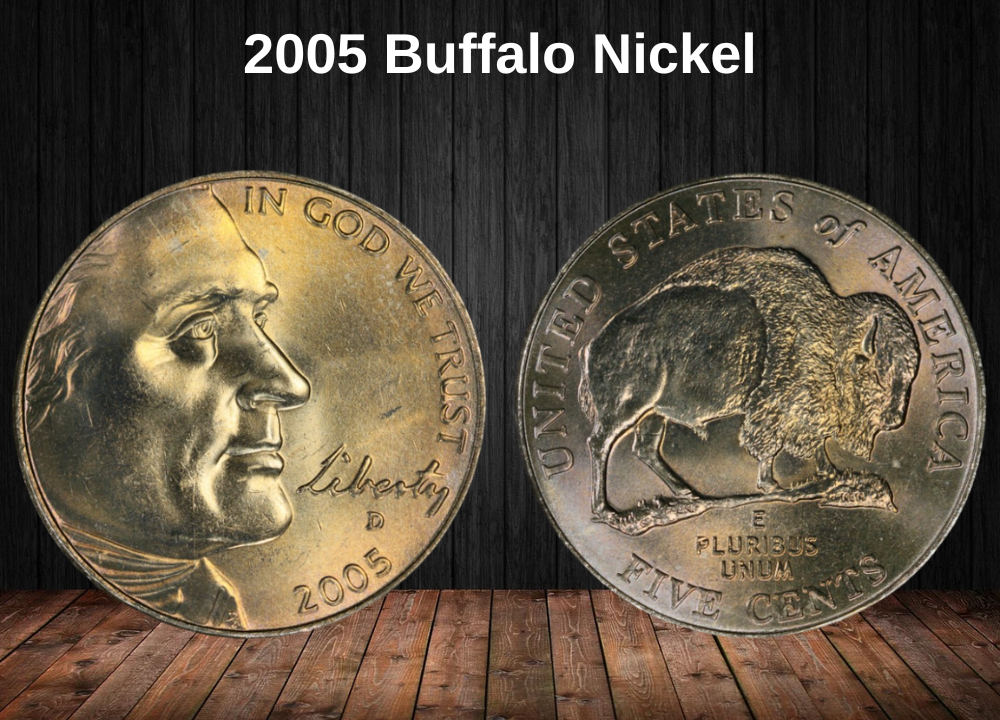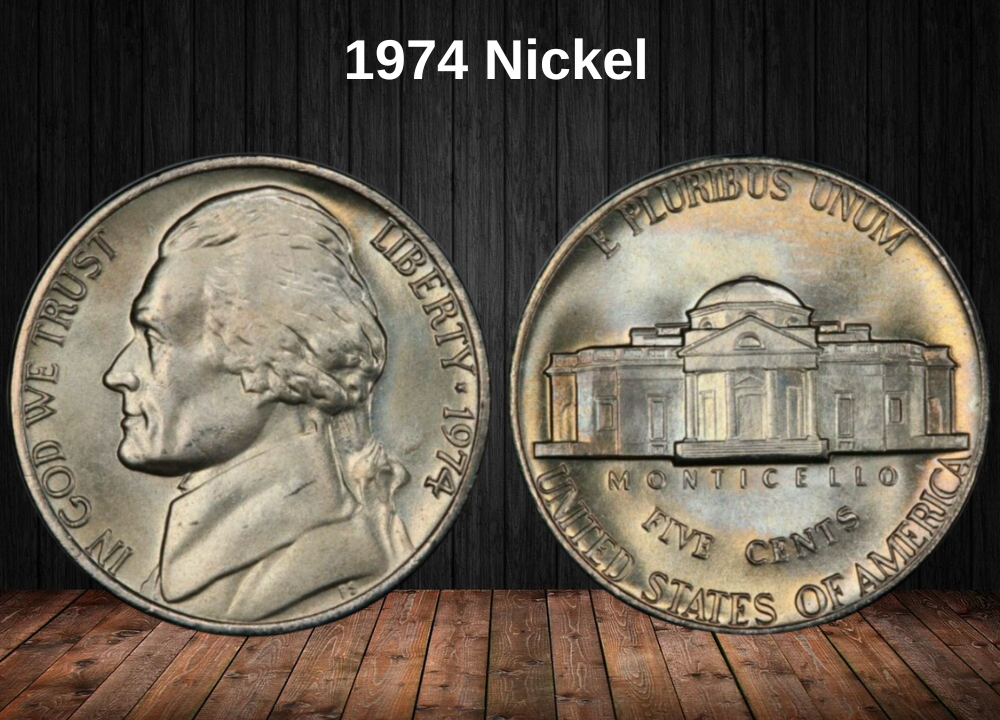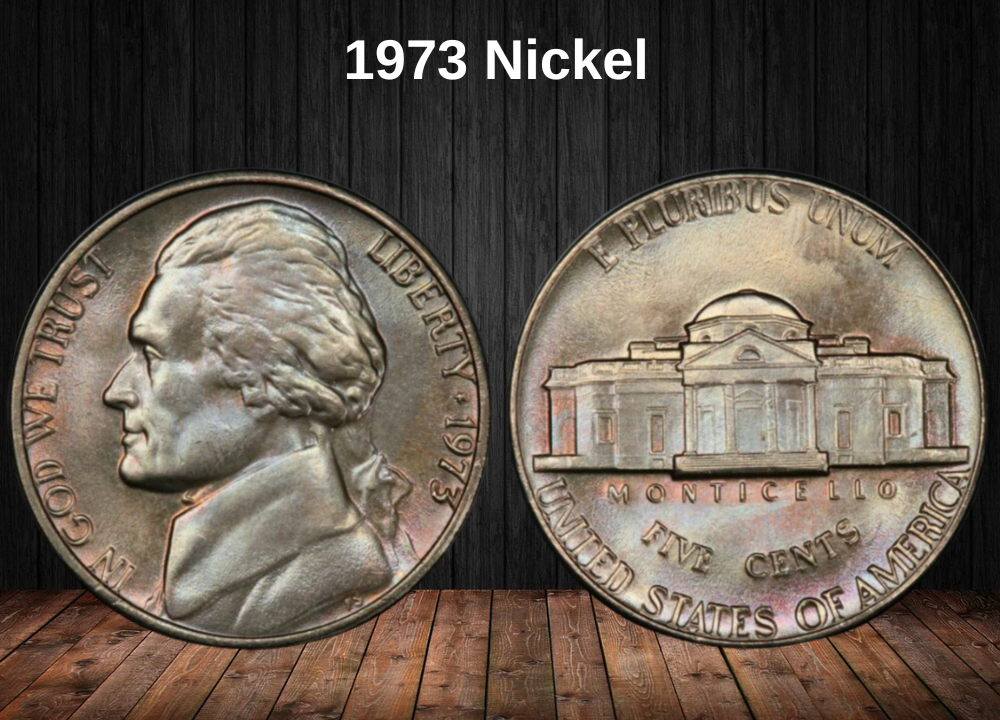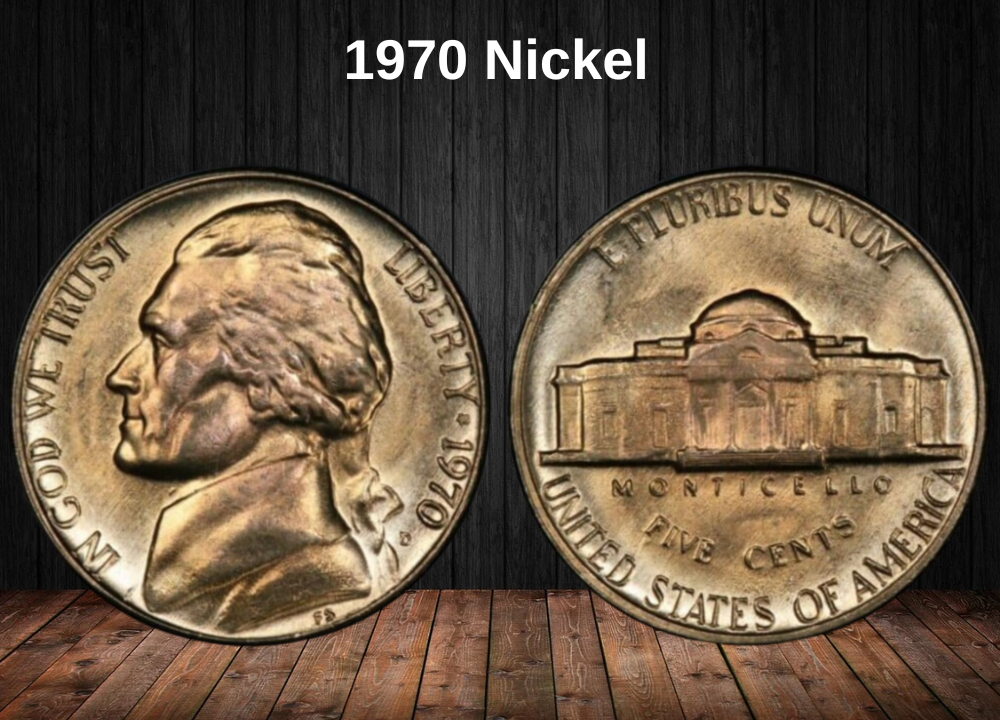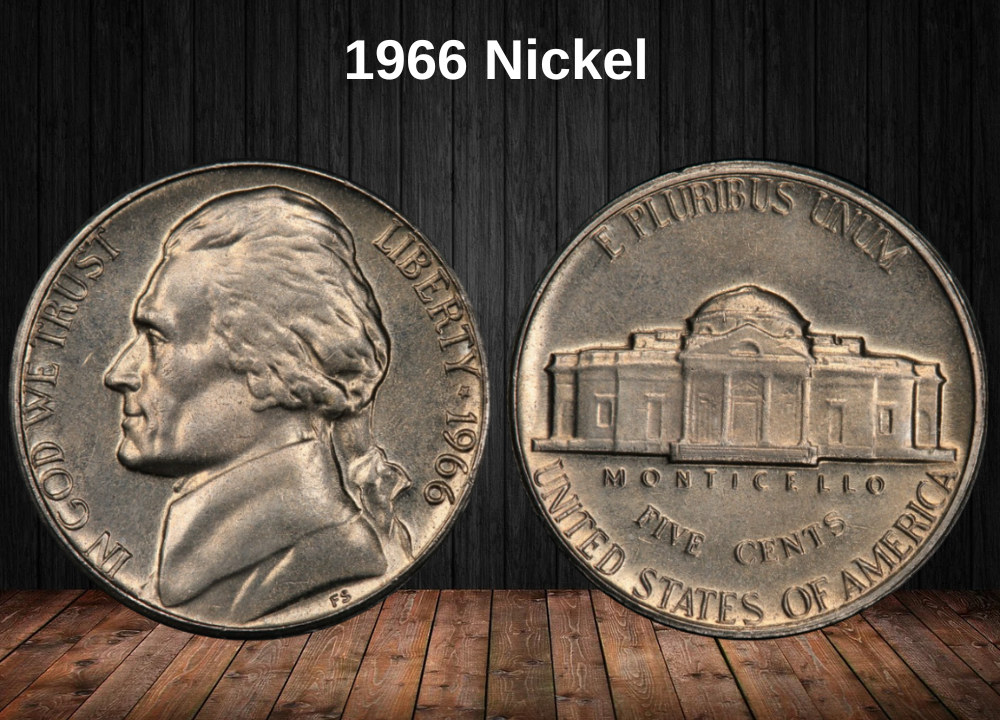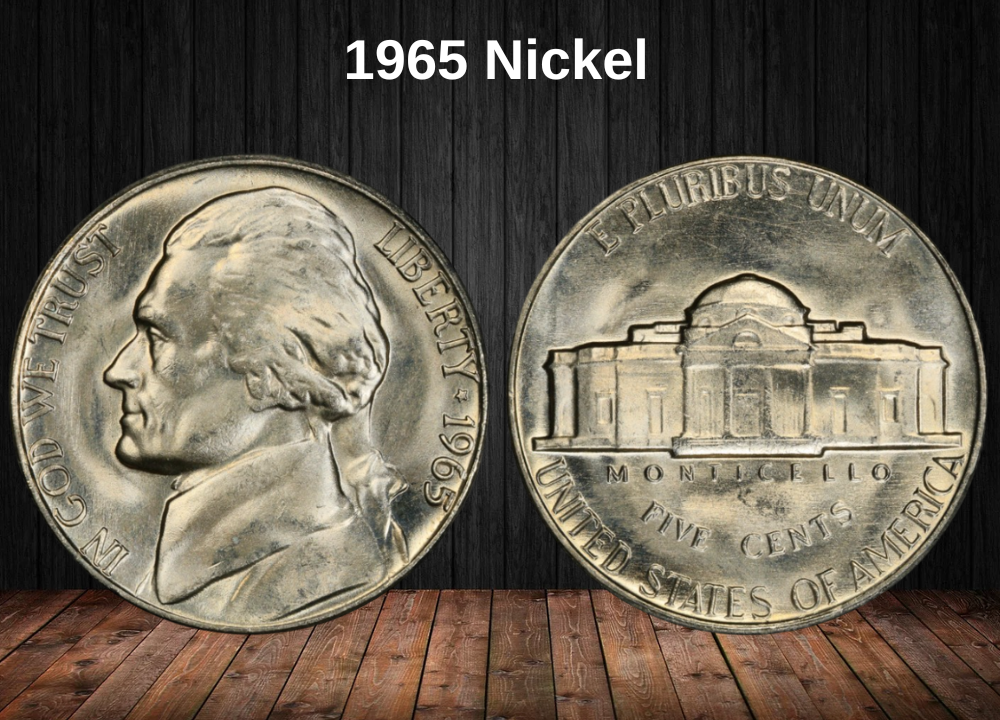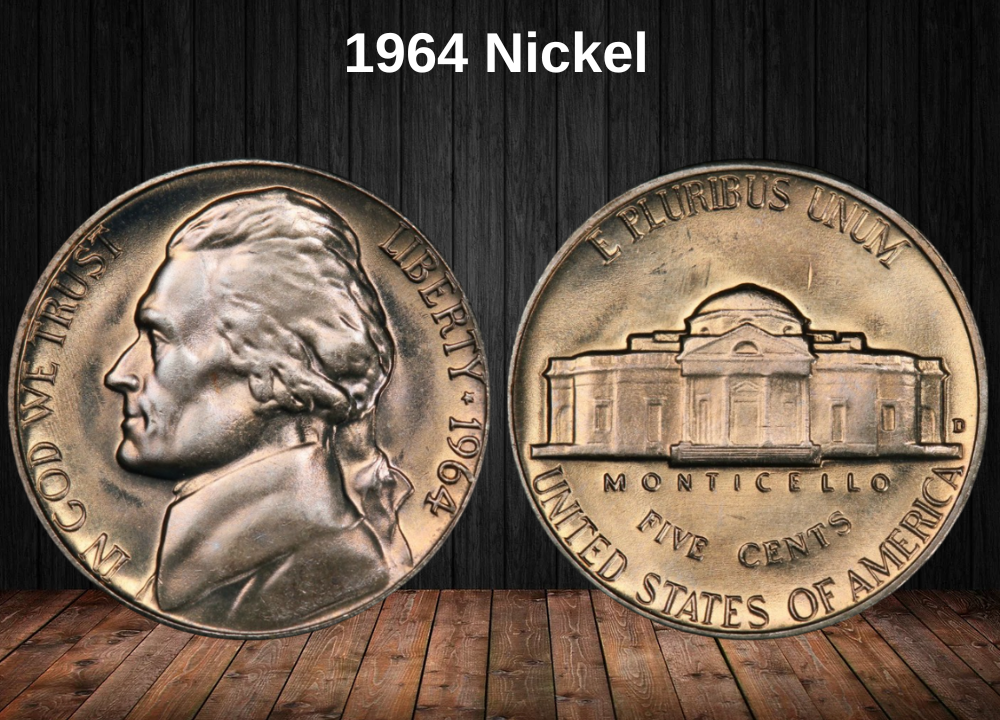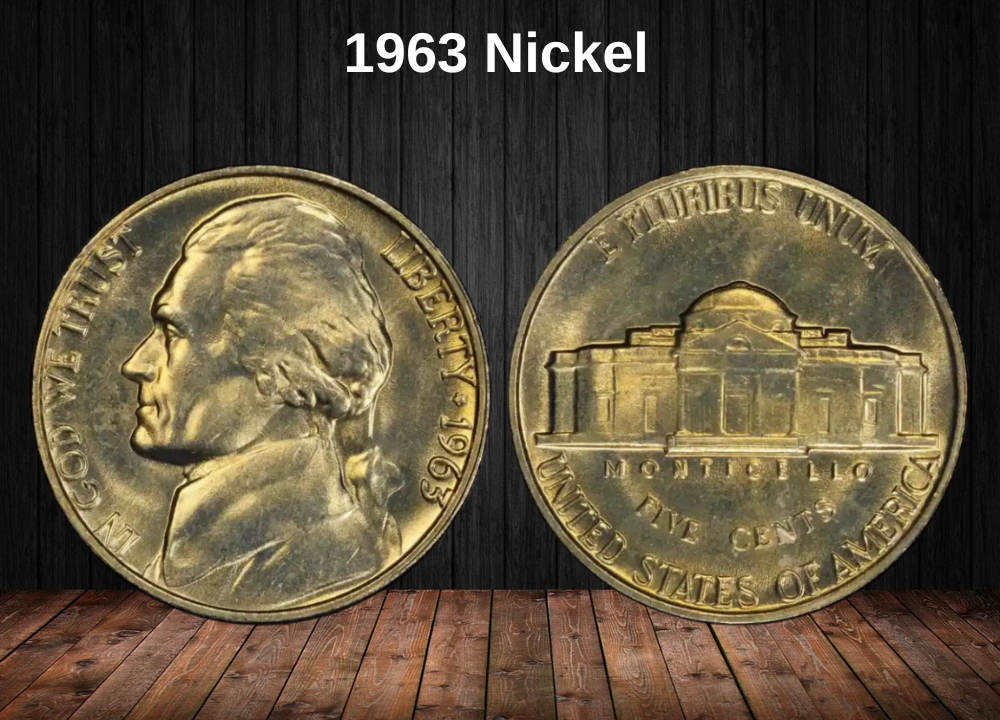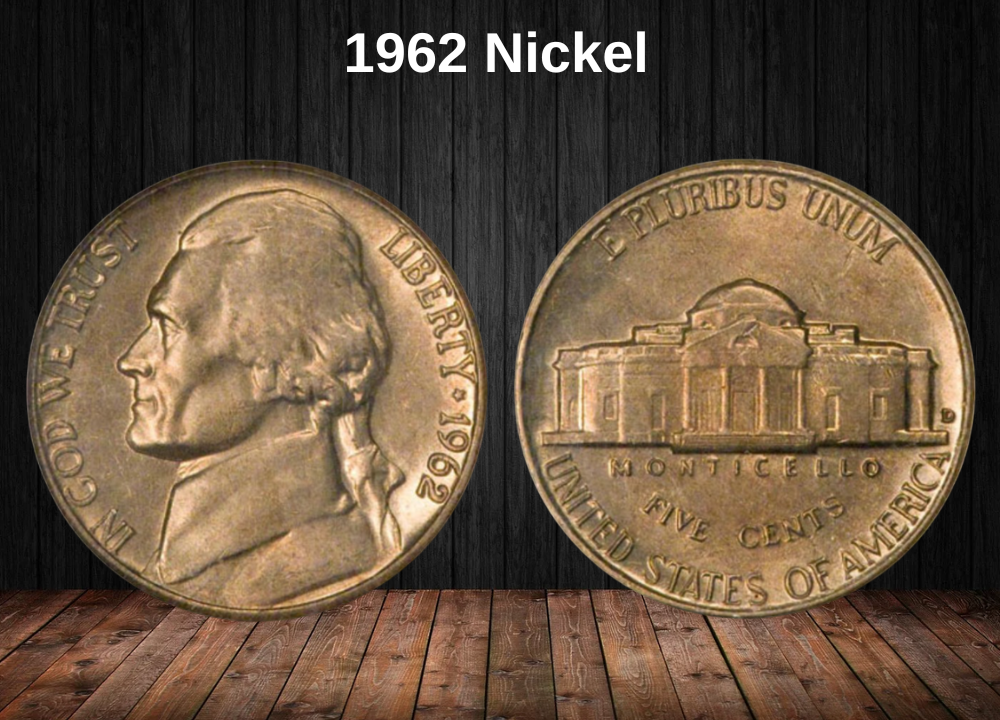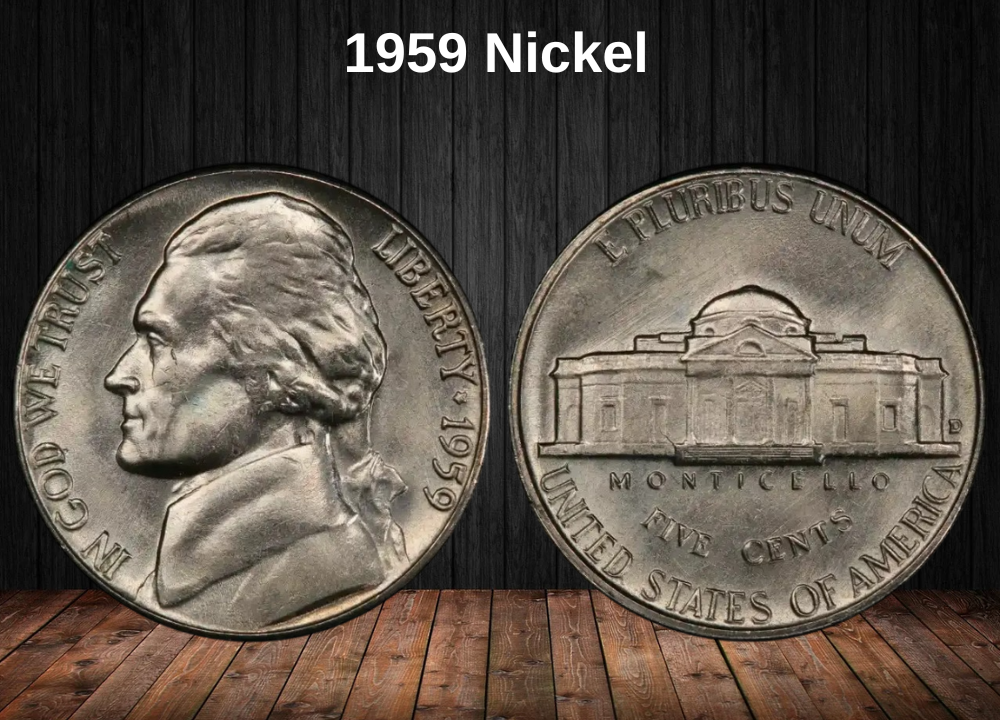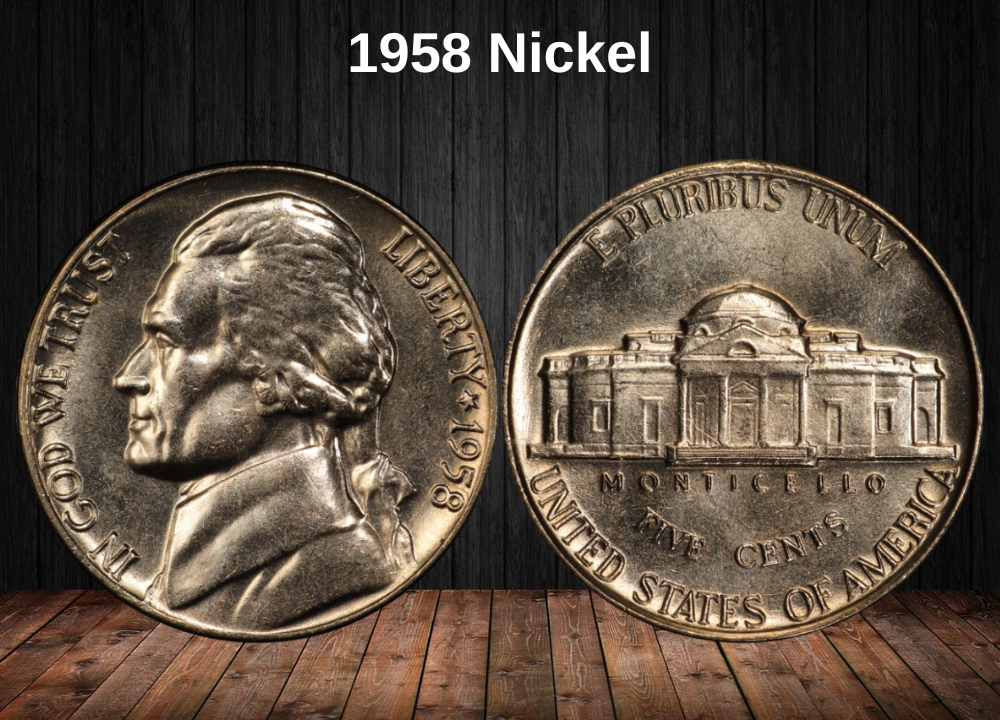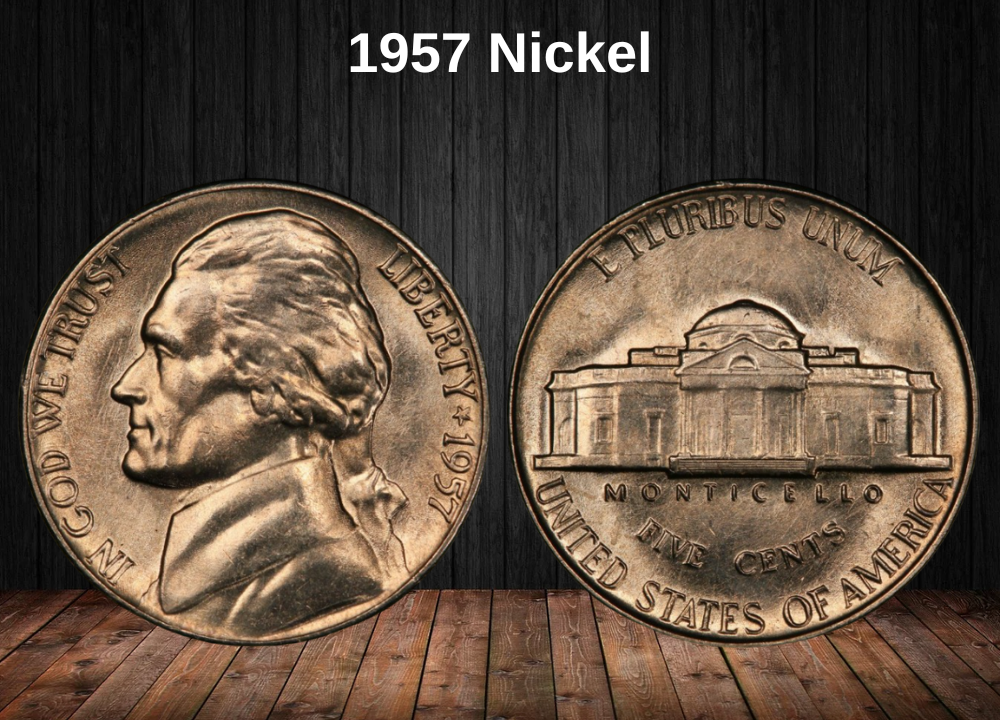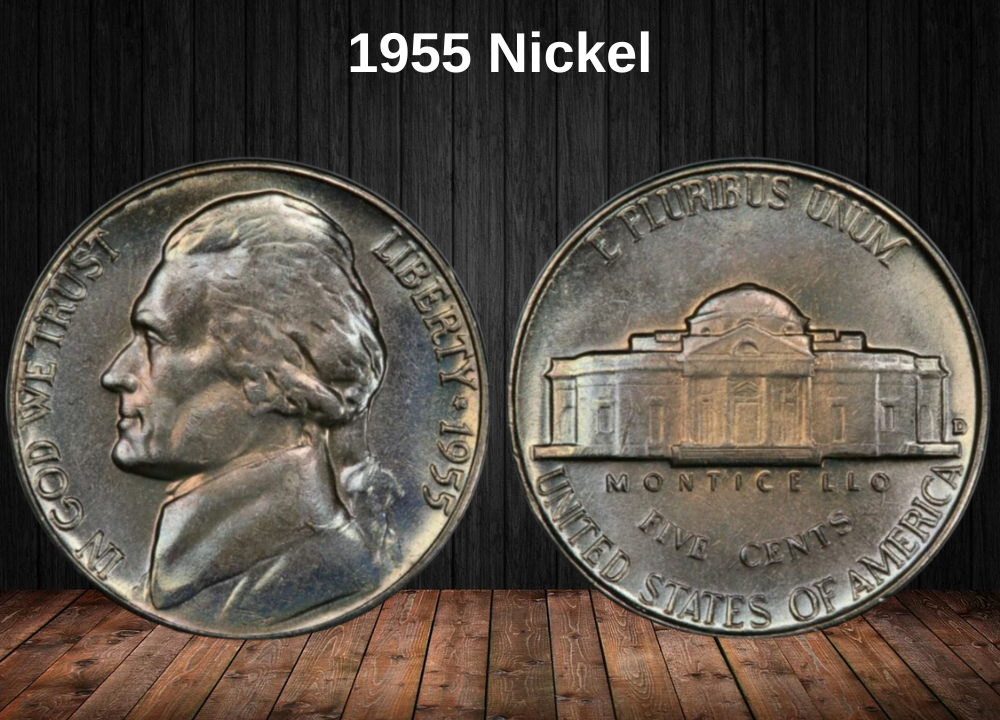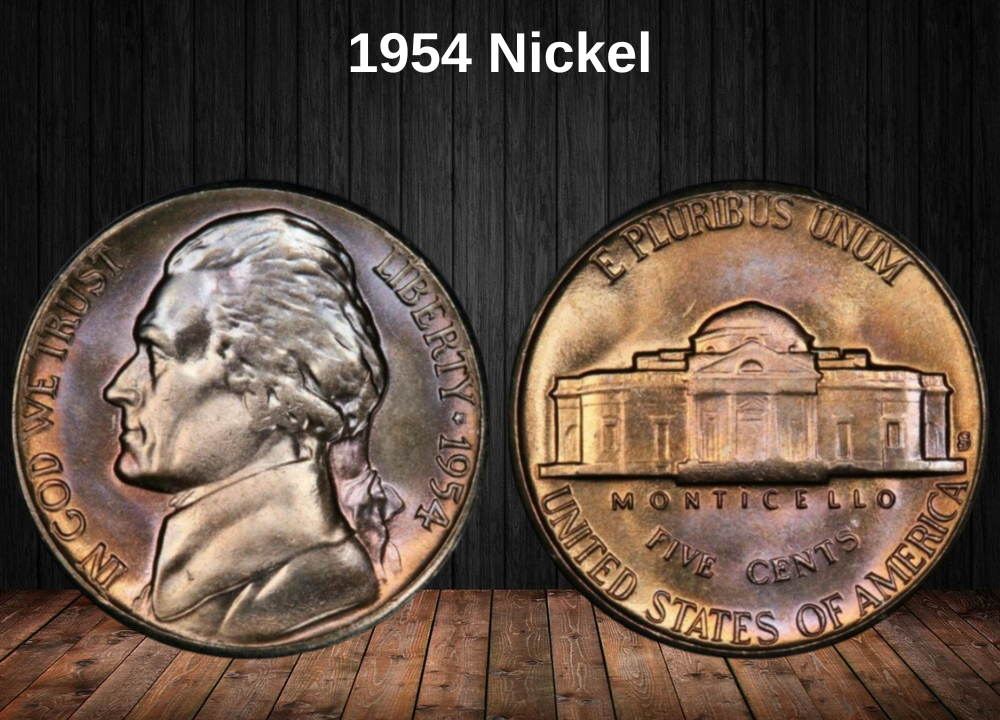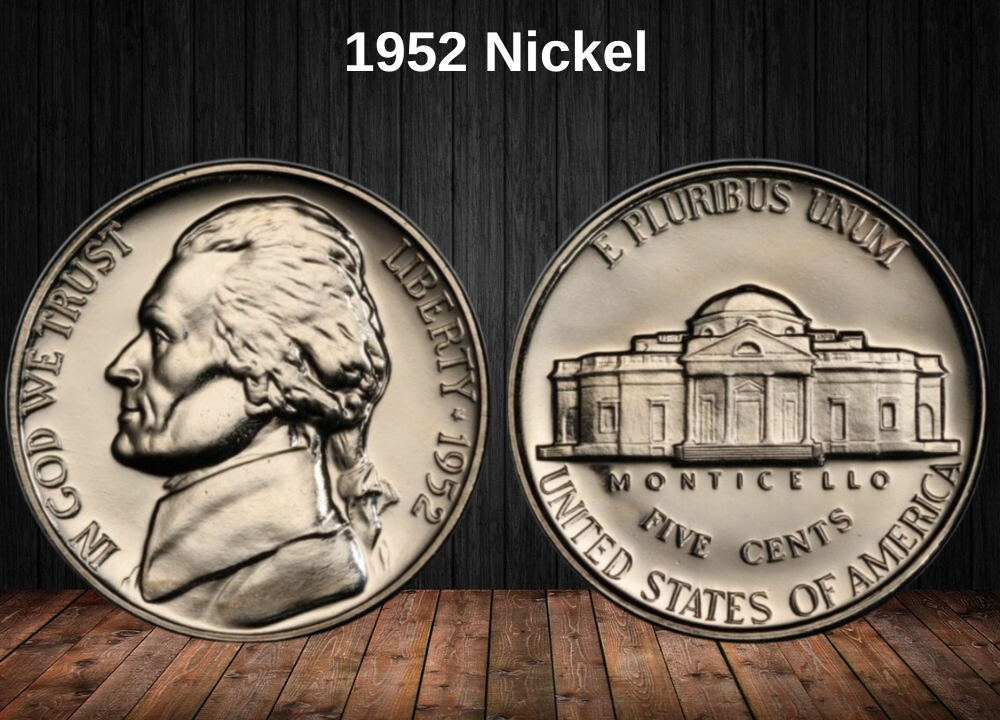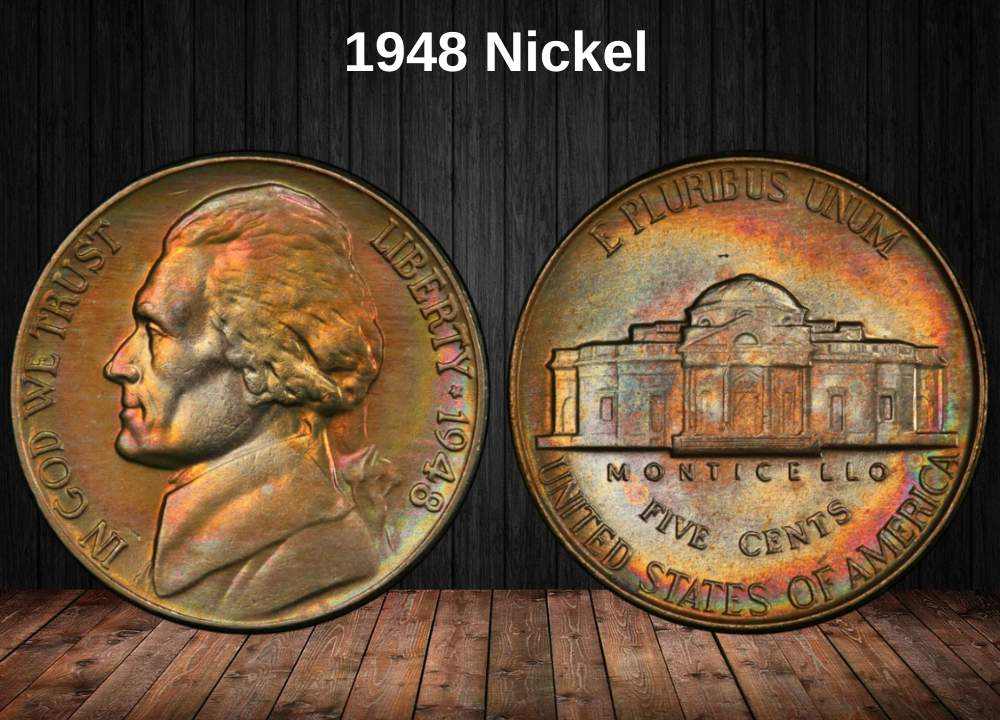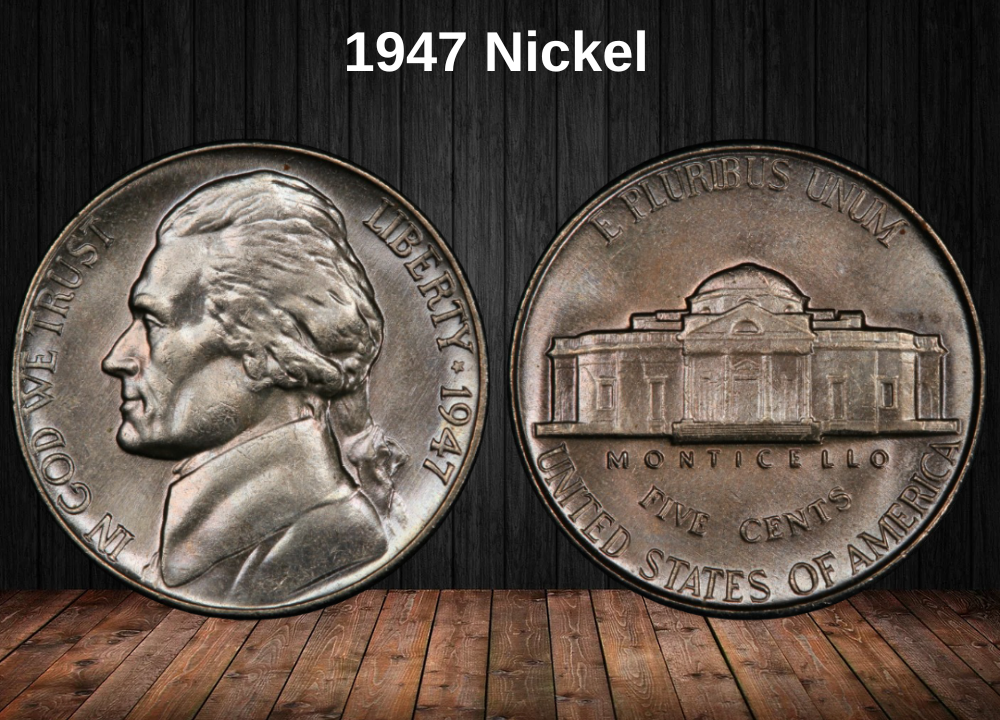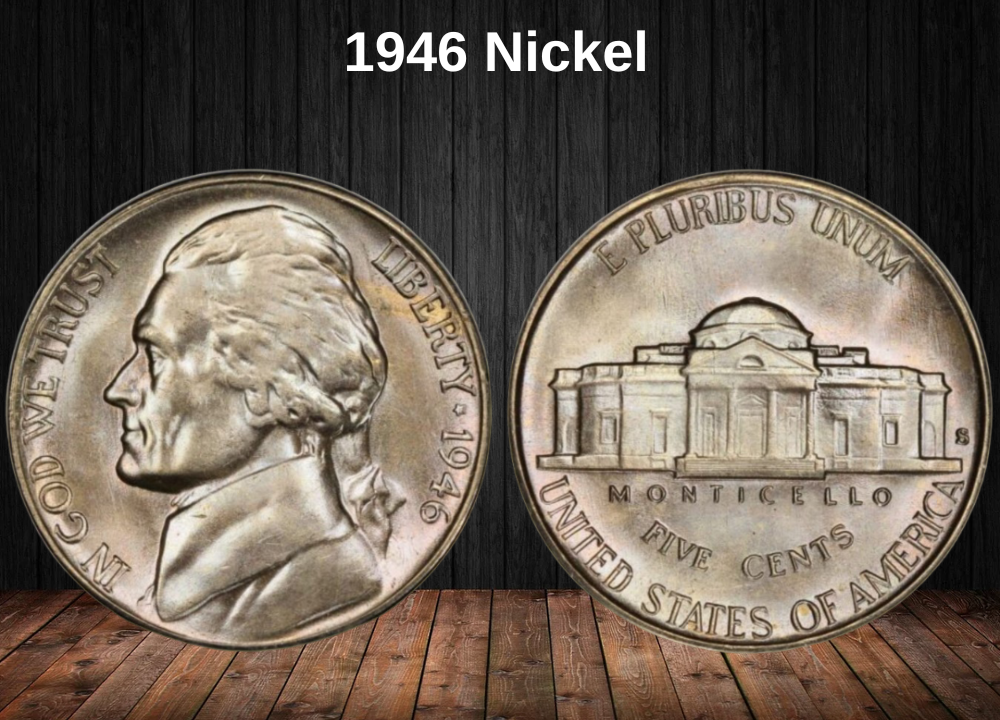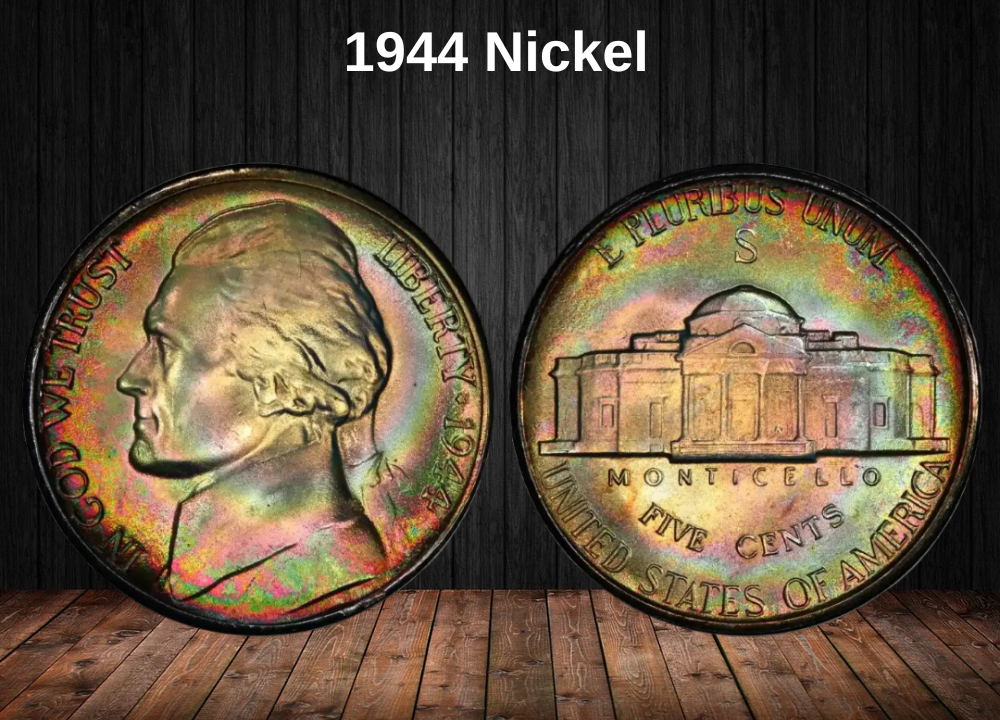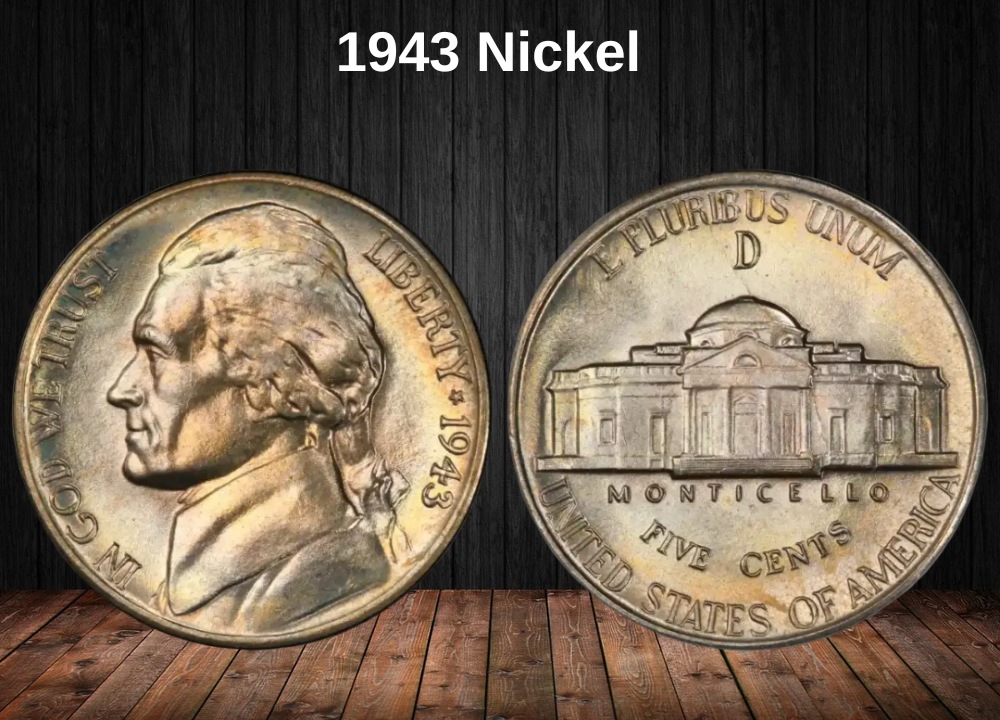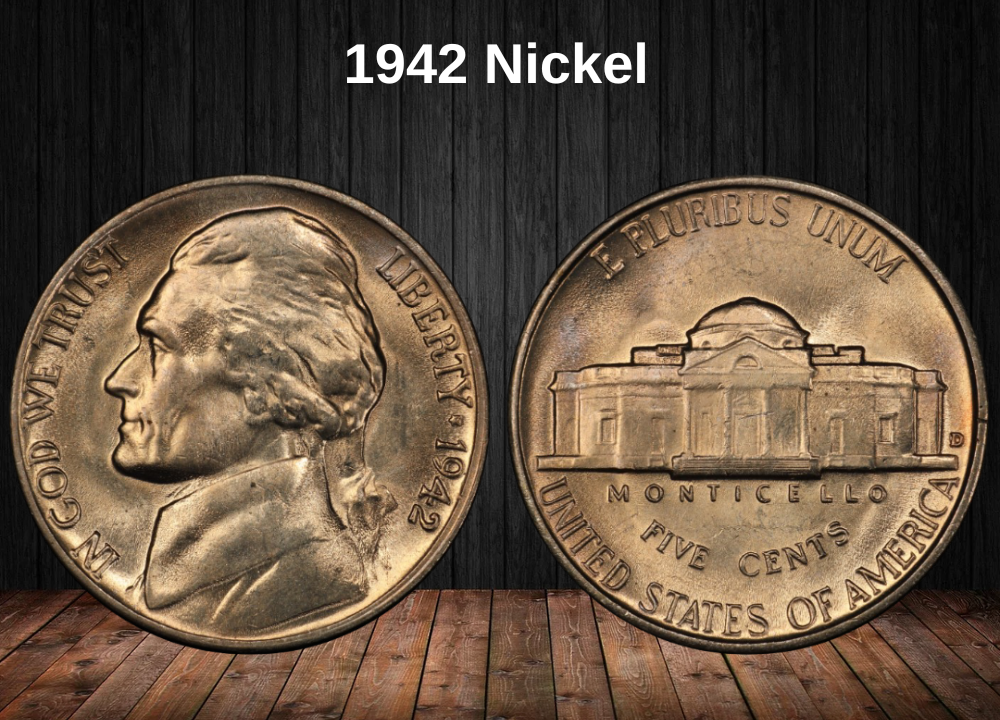1960 Nickel Value
Hey there, fellow coin lover! Found a 1960 Jefferson nickel? Stick around—you might be holding something more exciting than just pocket change. In this article, we’re diving into the full story—history, design features, mint varieties, current values (circulated, Mint State, proofs, cameo, Deep Cameo), rare errors, and even where to sell that treasure. It’s all here, friendly and packed with info.
1960 Nickel Value Chart
Here’s a handy snapshot of what 1960 nickels are generally worth today, based on grade and mint mark:
| Mint Mark & Type | XF45 | MS60 | MS65 | MS67 |
|---|---|---|---|---|
| 1960 No Mint Mark (P) | n/a | $2 | $15 | $2,500 |
| — Full Step Designation | n/a | $85 | $3,000 | — |
| 1960 D (Denver) | n/a | $2 | $18 | $4,150 |
And now for the proof versions:
| Proof Grade | PR60 | PR65 | PR67 | PR69 |
|---|---|---|---|---|
| Standard Proof | $5 | $12 | $22 | $325 |
| Cameo | $10 | $20 | $40 | $375 |
| Deep Cameo (DCAM) | — | $35 | $85 | $4,500 |
These are current averages, reflecting market prices as of 2025 (including data from CoinValueChecker, PCGS, and Greysheet updated listings).
History of the 1960 Nickel
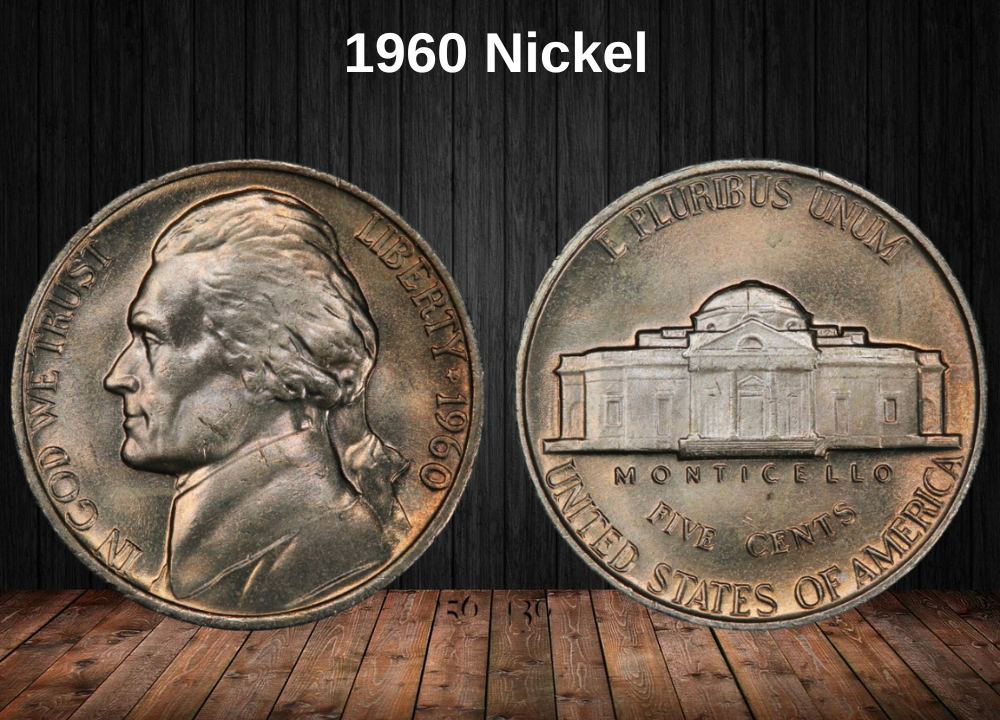
The 1960 nickel looks just like the ones from 1938—because it is! The Jefferson nickel design, by Felix Schlag, replaced the tricky-to-mint Buffalo nickel after 25 years. Fun fact: Schlag’s initial design actually depicted Monticello at an angle, but it was rejected. The frontal view you now see prevailed—and it stuck around through 2004.
Interestingly, Schlag’s initials didn’t appear on nickels until 1966, so your 1960 copy won’t have them. Also, San Francisco stopped minting nickels in 1954 and only resumed much later, so all 1960 nickels are from either Philadelphia (no mint mark) or Denver (“D”).
Features of the 1960 Nickel
The Obverse of the 1960 Nickel
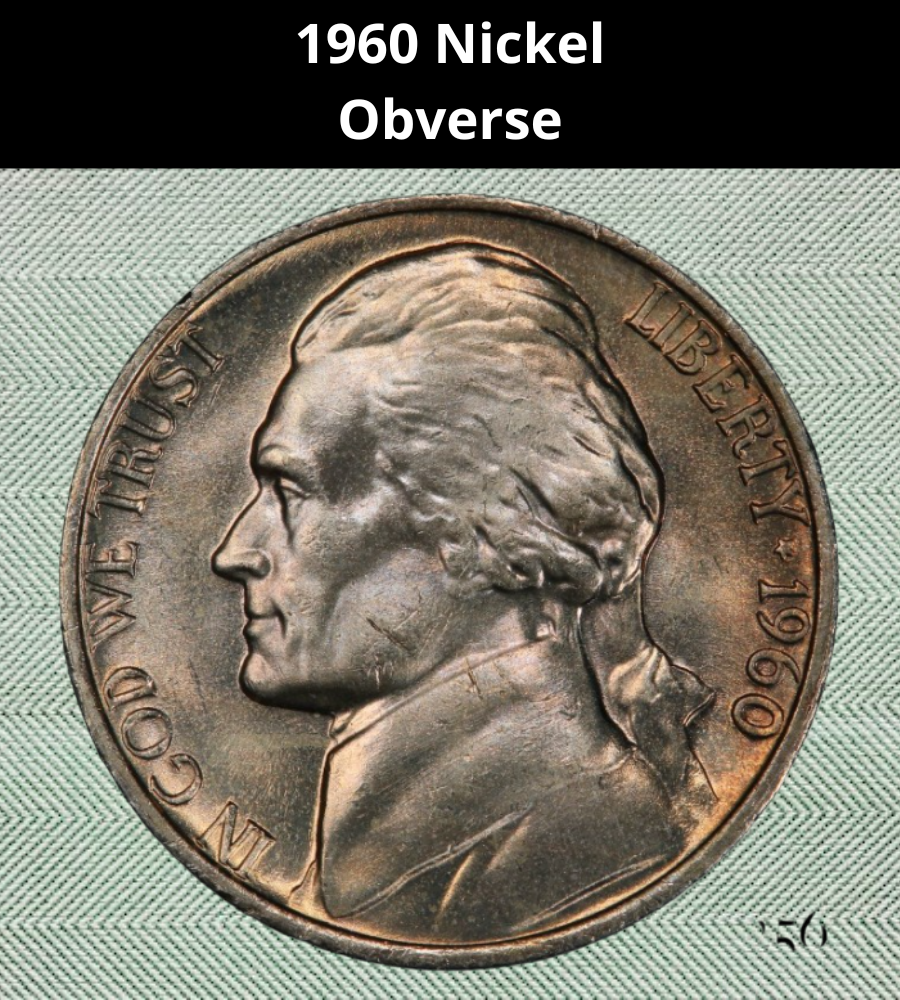
- Portrait: Thomas Jefferson with a subtle smile, based on Houdon’s bust.
- Legends: “IN GOD WE TRUST” on the left; “LIBERTY ☆ 1960” on the right.
- Clean fields and sharp hair detail are signs of high-grade examples.
The Reverse of the 1960 Nickel
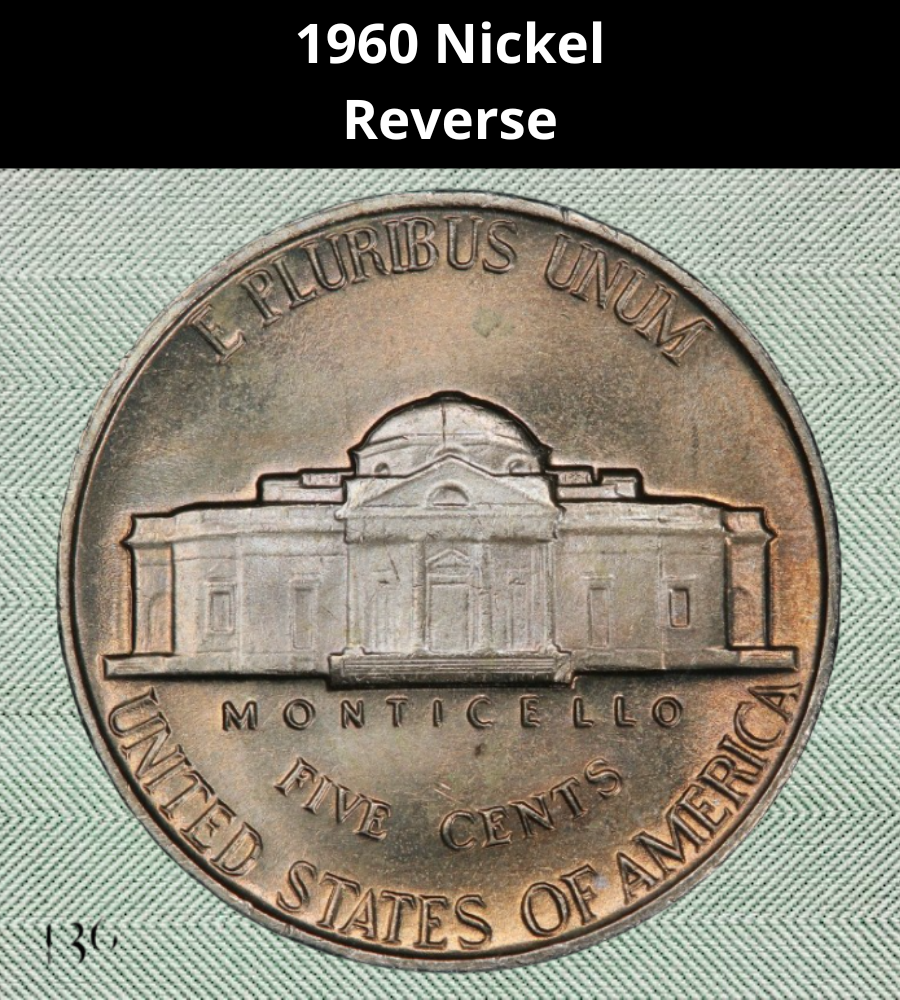
- Central Image: Monticello, front-facing.
- Legends:
- Top: “E PLURIBUS UNUM”
- Under building: “MONTICELLO”
- Bottom arcs: “FIVE CENTS” and “UNITED STATES OF AMERICA”
- Mint mark: A small “D” for Denver; none for Philadelphia.
Other Features of the 1960 Nickel
- Weight: 5 grams (75% copper, 25% nickel).
- Diameter: 21.2 mm; edge: plain.
- Full Steps: Coins with all five steps of Monticello sharply defined—collectible and worth extra.
1960 Nickel Grading Guide
| Grade | Meaning |
|---|---|
| 1–3 (Basal to Fair) | Extremely worn, detail faint |
| 4–6 (Good) | Heavy wear, form visible |
| 7–15 (Fine to Very Fine) | Moderate wear, details clear |
| 20–40 (Very Fine to Extremely Fine) | Light wear, most features crisp |
| 50 (About Uncirculated) | Slight imperfections, nearly new |
| 60–70 (Mint State–Perfect) | No wear; high eye appeal, MS>65 = gem quality |
1960 No Mint Mark Nickel Value (Philadelphia)
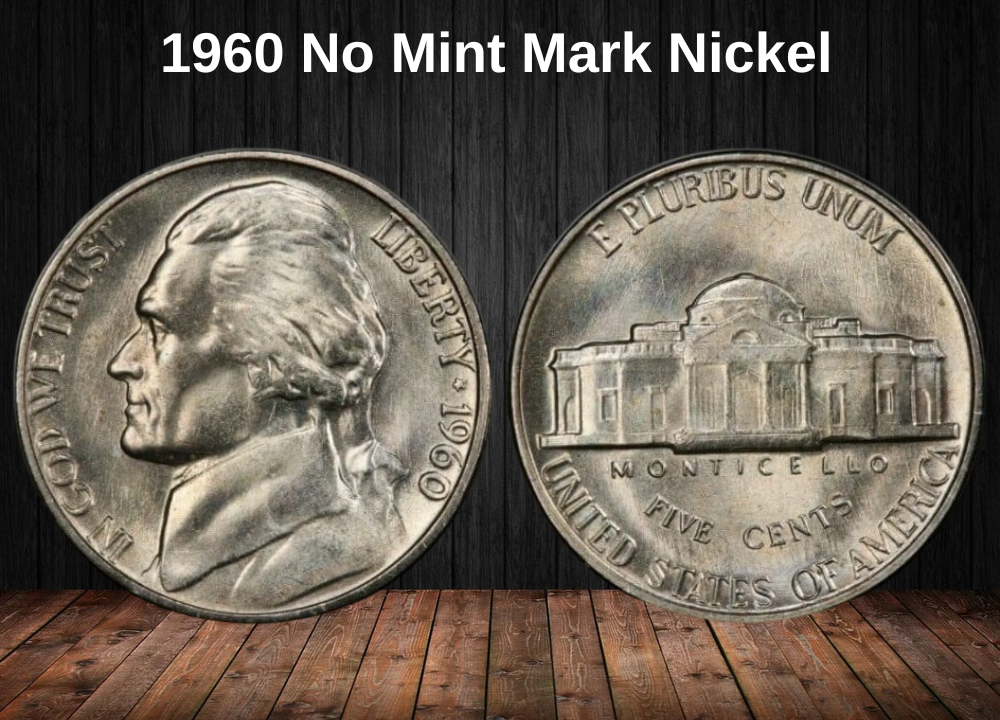
- Circulated: Face value only.
- MS60: ~$2
- MS65: ~$15
- MS67: ~$2,500
- Full Step MS60: ~$85
- Full Step MS65: ~$3,000
- Finest Full Step (MS66+): ~$15,250
Only around 9,500 Full Step examples exist—PCGS-certified.
1960 D Nickel Value (Denver)
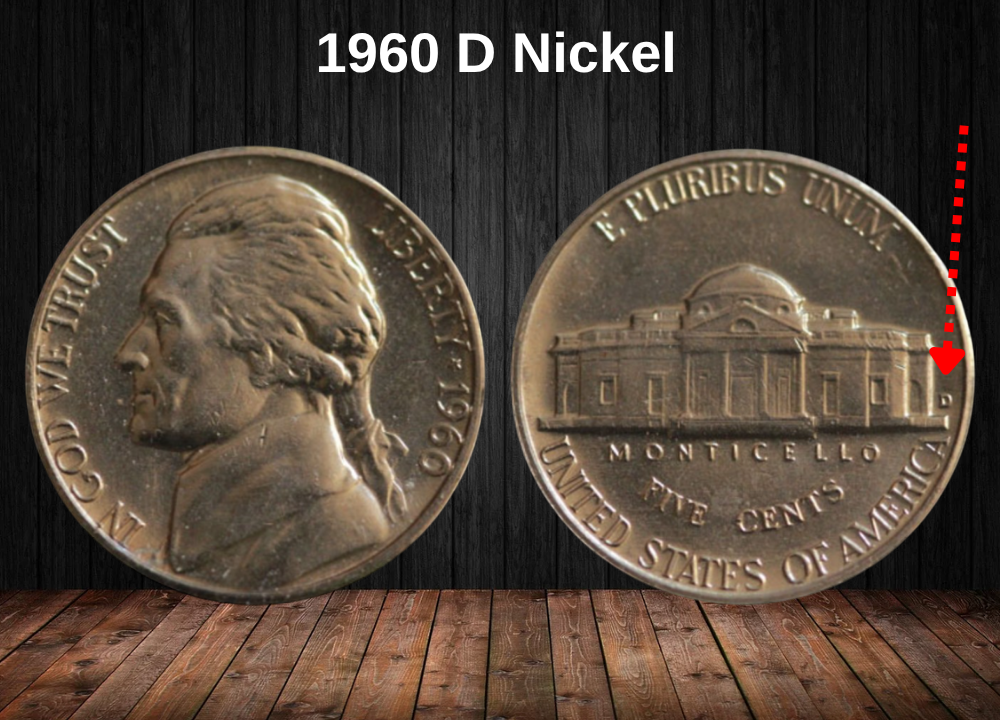
- Circulated: Face value (~few cents).
- MS60: ~$2
- MS65: ~$18
- MS67: ~$4,150
- Full Steps: None known for 1960 Denver issues.
1960 No Mint Mark Proof Nickel Value
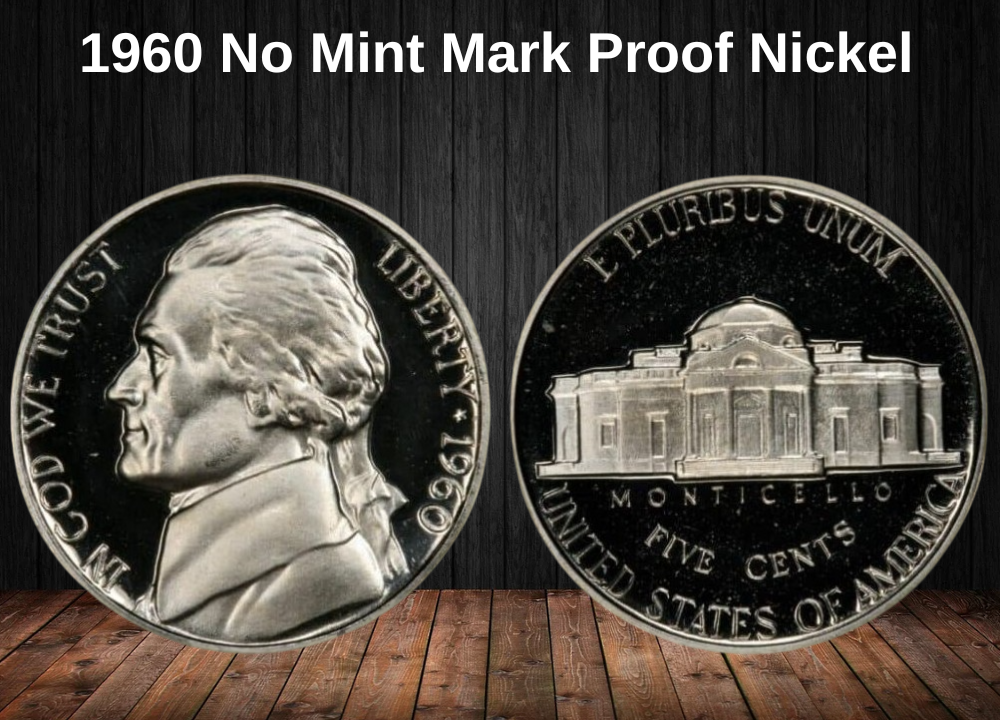
- PR60: ~$5
- PR65: ~$12
- PR69: ~$325
- Cameos: ~$375
- Deep Cameos (DCAM): ~$4,500
Again, based on CoinValueChecker and PCGS data.
Rare 1960 Nickel Errors List
Here’s where things get really fun. These errors are rare and coveted—each one gets its own subsection so you can add images easily later.
1. No Mint Mark Nickel Struck on a 1-Cent Planchet
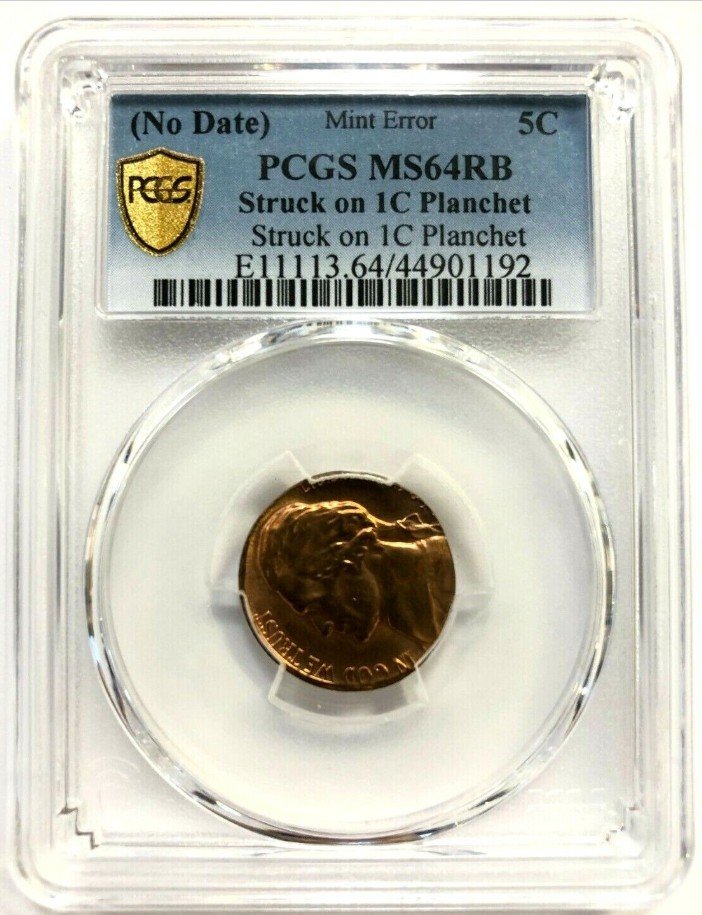
A copper penny planchet with Jefferson design—rare and visually striking.
Example: MS64 RB graded coin sold for nearly $500.
2. Quadruple Die Reverse (QDR) Proof Error

Proof die misaligned four times, leading to overlapping reverse details.
- PR60: ~$52
- PR65: ~$240
- Cameo PR63: ~$100
- Cameo PR67: ~$1,000
(Other errors like off-center, doubled die, die breaks, etc., are not listed in the source.)
Where to sell your nickel?
Now that you’re aware of your nickel’s value, you may be curious about the best places to sell it. Don’t worry: here’s a rundown of some top online marketplaces where you can conveniently sell your nickels, along with their benefits and drawbacks.
Explore the best platforms for selling nickels online (advantages and disadvantages).
FAQs (Expanded)
Here’s a friendly walk-through of extra questions you didn’t even know you wanted answers to:
- Is a 1960 nickel ever silver?
No—it’s copper-nickel. Value is collectible, not metallic. - Why is “full step” such a big deal?
It signals a sharp strike; minting skipped that detail on many coins. - Should I clean my nickel?
Never. Cleaning lowers collector value—keep the original patina. - How to store nickels?
Use flips or acrylic holders; avoid high heat/humidity. - What’s a cameo vs deep cameo proof?
A cameo has frosted devices and mirrored fields; deep cameo has stronger contrast. - Should I get it graded?
Yes—for high-grade or error coins, grading can dramatically boost value. - How accurate are these values?
They’re market averages; rare coins can deviate. Always cross-check. - How rare is an MS67 1960 nickel?
Extremely—only a handful certified by PCGS; especially valuable and collectible. - What defines “Mint State” coins?
No wear; luster intact and eye appeal strong. - What’s the value range for circulated 1960 nickels?
Generally between $0.10 and $0.20 for well-worn examples. - Where are values for 1960 Full Step?
MS60: ~$85; MS65: ~$3,000; MS66+: ~$15,250. - Any known Full Step 1960-D coins?
None documented to date. - How much is a 1960 proof in average conditions?
PR60–PR65 generally sell between $5–$12. - What’s the value for cameo vs DCAM?
Cameos top at ~$375; DCAM PR69 can reach $4,500. - Why did FS designations become such a focus?
Collectors noticed Monticello’s steps are often faint; FS coins show strong strikes and better artistry.

